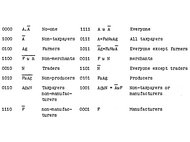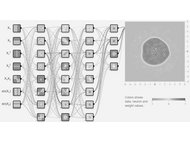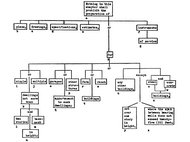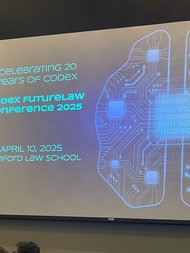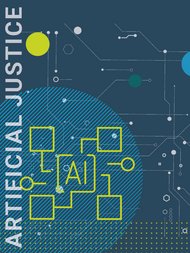
Minerva Fast Track Research Group
"Artificial Justice"
Our Group applies interdisciplinary methods to the study of automated, artificial, and algorithmic reasoning in law. Members research a wide array of topics ranging from pre-modern fantasies of “justice machines,” the transition from legal logic to legal information science, cultural attitudes towards courtroom tech, to contemporary proposals for AI-powered “lawbots.” Collaboratively, we explore a set of more general issues, including the relationship between normative and empirical expertise, law’s epistemological status vis-à-vis technology and the natural sciences as well as limits and opportunities of legal interdisciplinarity.
Areas of Research
Research Group News
Speaker Series
Images
Header and photograph of the research group: © Max Planck Institute for Comparative and International Private Law / Johanna Detering
Research Area "History of Legal Information Science": Source: Mehl, Lucien: Automation in the Legal World: From the Machine Processing of Legal Information to the "Law Machine", Symposium on the Mechanisation of the Thought Process, National Physical Laboratory, U.K. 1958, page 776.
Research Area "Law and Large Language Models": Generated on: playground.tensorflow.org
Research Area "Neuro-Symbolic Law and AI": Source: Allen, Layman E. and Caldwell, Mary Ellen: Modern Logic and Judicial Decision Making: A Sketch of One View, Jurimetrics, Law and Contemporary Problems, Vol. 28, No. 1, Winter 1963, page 264.
